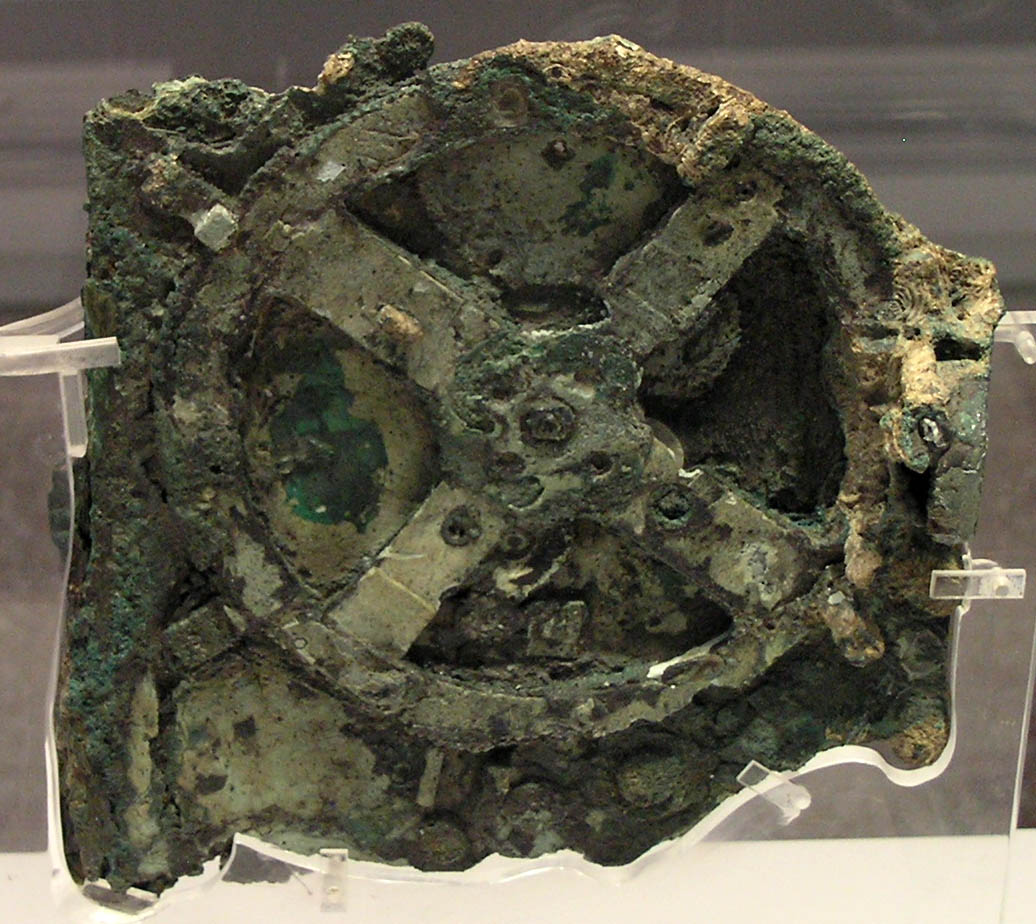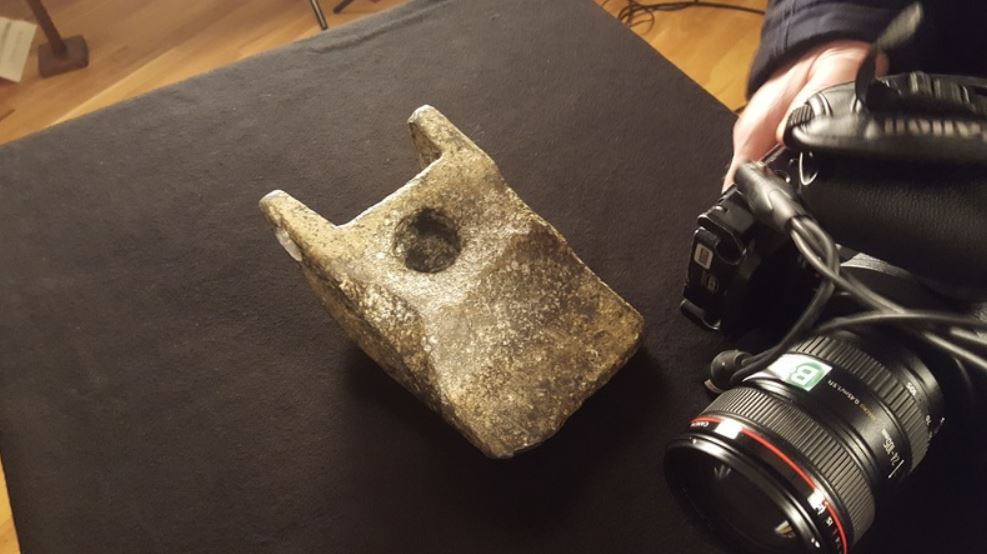From time to time, scientists find strange artifacts attributed to other civilizations. Many things tell us that even before us, developed cultures lived on Earth that were capable of achieving what we have achieved.
Who created those artifacts found?
During the period it took humans to achieve “civilization,” other civilizations were able to develop and improve. Archaeologists have repeatedly found strange artifacts that cannot possibly belong to humans; the finds were far ahead of their time—how did they come about?
Among finds considered “not ours,” there are many differences that don’t fit the usual narrative. These are called “out-of-place” artifacts, or OOPARTS .
Take, for example, the mysterious Antikythera Mechanism , some 2,000 years old. It was used to calculate the position of celestial bodies: the sun, the moon, and the planets. How did they know there were other planets? This means that the civilizations that lived at that time were very intelligent, since they were able to figure out and devise such a complex mechanism.

Antikythera Mechanism
In the mid-20th century, archaeologists discovered a hammer in Texas. After analyzing it, it turned out to be no less than 100 million years old. It was made of a very ancient stone, and its handle was wooden, but over time it turned into charcoal. No less strange was the 500,000-year-old spark plug.
Something from the realm of fantasy
Not all scientists and archaeologists are certain that there were no civilizations on Earth before humans. In the scientific world, everything is divided into two camps, and the controversy continues unabated. New discoveries, for which no one has found an explanation, are adding fuel to the fire.
One of the most mysterious is the Aiud artifact discovered in Romania. Although it was found in 1974, there is still no clear explanation for the find. This piece of metal lay 10 m deep among the bones of long-extinct mastodons. The artifact is very similar to an axe without a handle and weighs over 2 kg. It turned out to be a complex aluminum alloy.

Aid Artifact
The discovery is strange and doesn’t fit at all with the civilization of that time, because its age is more than respectable. Aluminum didn’t begin to be obtained until the mid-19th century. Therefore, the only version categorizes it as belonging to a different, technically advanced civilization.
Of course, there is the assumption that the displacements of the Earth’s crust were sudden and abrupt, and as a result of such displacements, an ordinary hammer could be found at a kilometer depth, or at any other depth! Ordinary analysis would give the result of “millions of years.”
A sudden subsidence of the Earth’s crust (more than a kilometer) would result in an extremely sharp negative temperature drop that could instantly freeze not only mammoths, but even the air itself! (Which, incidentally, would explain the permafrost at depths less than 800 meters!). This explains the presence of mining and the geological disturbances themselves; there are many resulting consequences.
Although there are many such discoveries, the vast majority of them, perhaps, are the keys to unraveling the existence of civilizations before man. If we accept the idea that man is not the most perfect being in the world and that he is not the king of creation, then everything becomes clear.
Modern man could well be a degraded specimen, the end of the evolutionary stage. It is possible that much more advanced beings have existed, but their traces have been buried over the billions of years of history on this planet.



